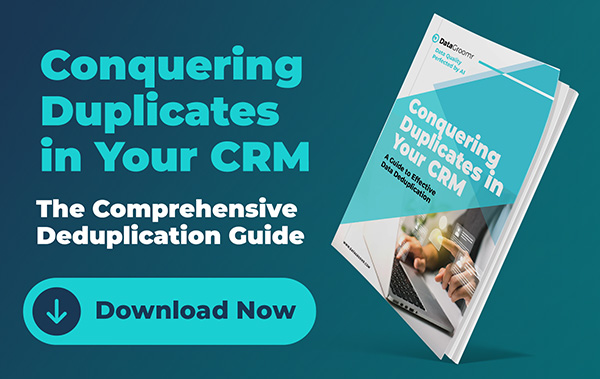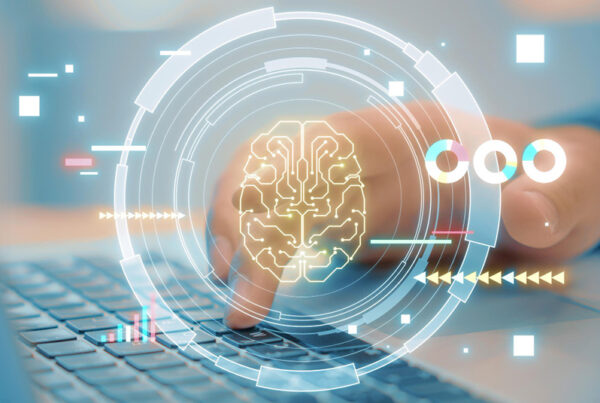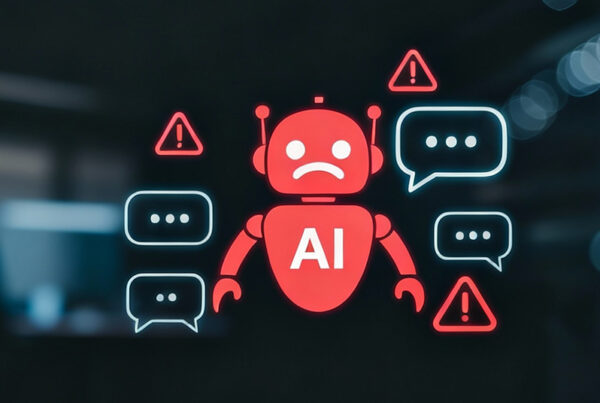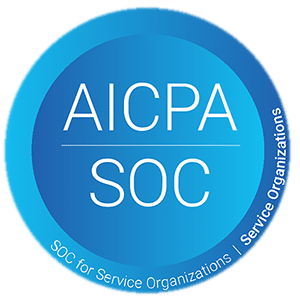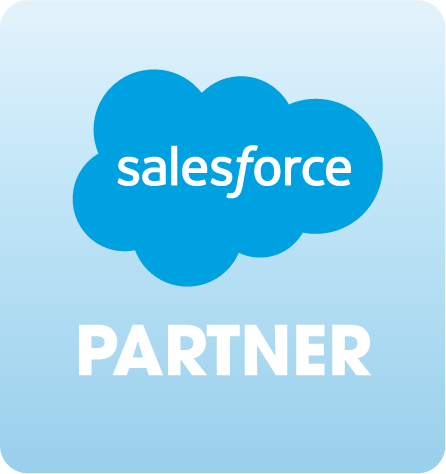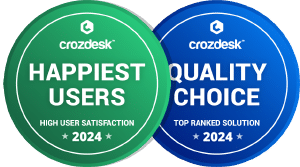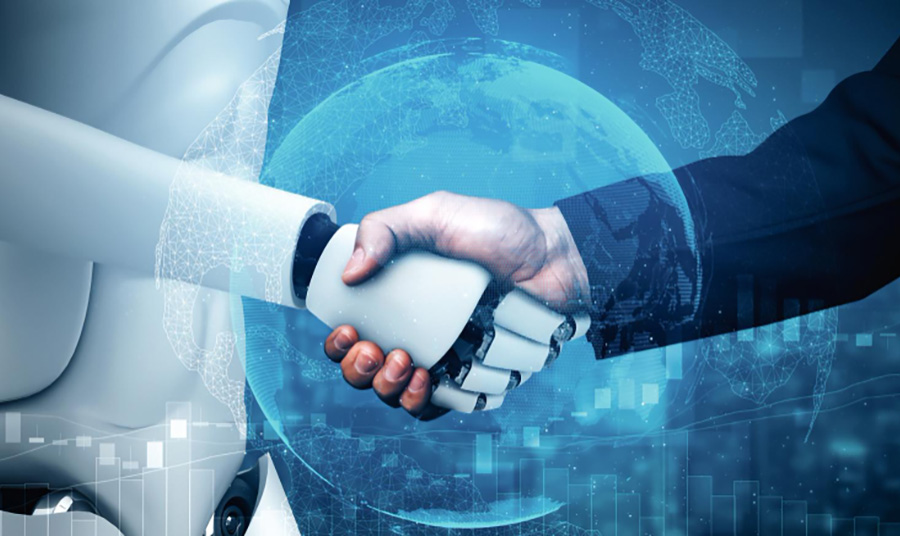
Salesforce has always been more than just a CRM. It is a platform that redefines the way organizations interact with their customers. By consolidating data, making processes more efficient, and connecting departments, Salesforce gives sales teams a single source of truth for each customer interaction.
The introduction of Salesforce Einstein and its generative AI capability have made a transformative step. Now, sales professionals do not have to manually crunch data to tailor outreach. Rather, they can rely on AI to sort through vast quantities of data, discover patterns, and offer personal recommendations.
Yet, as strong as these tools are, AI isn’t designed to be a replacement for the human side of sales. The essence of selling has always been based on empathy, trust and meaningful connection. Technology provides speed and precision, while human interaction makes things authentic. Those that do well are those that understand Salesforce AI is a partner not a replacement.
Where Salesforce AI Excels
Salesforce AI excels where task flow is repetitive, involves heavy data, and is time consuming. For example, Einstein is able to score leads and opportunities, assisting sales teams in prioritizing where to spend their time and energy. Instead of pursuing all contacts equally, reps can give attention to accounts most likely to convert, which results in a dramatic improvement in efficiency. Salesforce also enables more accurate forecasting for sales leaders, which identifies risks in their pipeline and suggests actions to keep deals active.
Generative AI enables greater personalization in group communications, allowing sellers to start with a standard email draft or enhance it with a highly tailored experience by incorporating CRM data. Salesforce Flow helps automate millions of small but vital tasks such as updating records, setting reminders, or assigning follow-ups. These features reduce administrative burden on sellers and provide them with insights and recommendations to make every interaction more informed and impactful.
The Limits of Automation
In spite of these strengths, Salesforce AI has natural limitations. Data-driven insights are only as good as the data that fuels them, and if you have information that is outdated or incomplete in the CRM, recommendations made may miss the mark. Automation also runs the risk of depersonalization if used with little care. A prospect who receives a message that sounds templated or robotic may view it as spam and not be truly reached.
AI is also unable to mimic the nuances of human communication. It cannot hear the hesitation in a buyer’s voice or recognize the urgency in a quick reply or the emotion behind a long pause during a meeting. These are the cues that are critical in understanding where a deal stands and how to move it forward, and these are the domain of human intuition.
The Human Role in Authentic Selling
This is where the sales professional’s role doesn’t come in second. Customers don’t buy from platforms or algorithms; they buy from people they trust. Salesforce provides sellers with data and insights, but it is up to the seller to make the information meaningful and to have a conversation. Trust is earned based on empathy, credibility, and reliability–qualities that no AI can match.
Humans are good at reading between the lines, interpreting tone, and understanding context. We bring creativity and adaptability to complex negotiations where multiple players and unique challenges are often encountered. And perhaps most important, sellers are storytellers. Though Salesforce can present the customer with the facts, it is incumbent upon the sales professional to develop a story around these facts that will emotionally connect with the customer. This ability to confidently develop solutions which resonate with a customer’s challenges and vision is an inherently human ability.
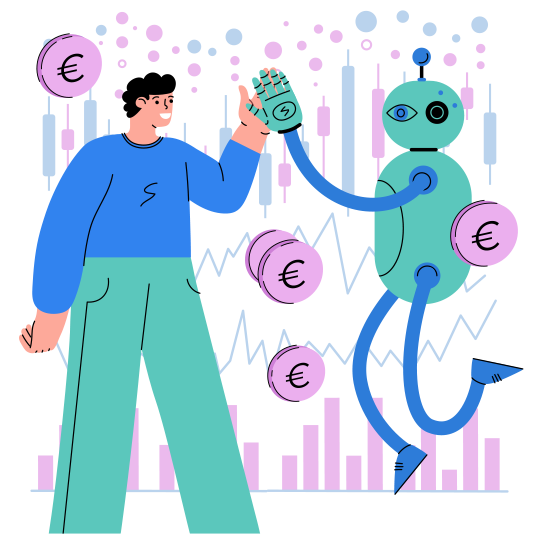
Striking the Right Balance with Salesforce
The best sales organizations are utilizing Salesforce as a copilot, rather than as a replacement for human selling. This means Salesforce is helping lay the groundwork by qualifying leads, identifying account insights, and generating some initial outreach. Sellers then enter to finesse and personalize these exchanges with empathy and authenticity. While reps are going about their business with customers, Salesforce is continuing to work in the background – tracking engagement, automating workflows and forecasting deal health. At the end of the day, it is the human touch that makes the sale, with sellers listening, negotiating and reassuring in ways that no system can.
This approach ensures that sales teams benefit from the efficiency of automation while preserving the authenticity needed to build lasting relationships.
Practical Ways to Balance AI and Human Selling
Achieving this balance requires intention and discipline. Sales leaders need to make sure their teams are trained to use AI tools effectively, so that they are reading insights thoughtfully. Even when Salesforce creates drafts or suggestions for reps, they should be encouraged to add their own personal touches. Success should be measured, not only by efficiency measures such as time saved or emails sent, but also by measures of customer trust and customer satisfaction.
Leaders must regularly review where automation is bringing value and where it is threatening to build division. It is this refinement that will ensure automation is providing value to the customer experience, and not compromising it. The trick is not to robotize everything but rather to automate intelligently and be able to liberate people to do the jobs that only we can perform.
Customer Expectations in the AI Era
Both speed and personalization are expected by today’s customer. They want companies to anticipate their needs with smart recommendations, but they also want to feel like individuals. A purely automated approach is transactional and a purely manual approach is outmoded and slow. Salesforce addresses this challenge by helping organizations adopt efficiency with empathy.
When this balance is struck, it is experienced by customers not as a replacement for people, but as a tool enabling people to serve them better. It is this natural mix of intelligence and humanity that characterizes great customer experiences in the new age of AI.
The Future of Selling with Salesforce
Looking ahead, you will see Salesforce evolving through more powerful AI capabilities, though the fundamentals of selling will remain constant. Automation will take over the repetitive, predictive work, but sellers will still do what they’re good at: Lead with empathy, creativity, and trust.
The future belongs to organizations that embrace AI as a partner and NOT a competitor. Salesforce gives you the engine that allows you to achieve efficiency and insight but is it the human touch that gives direction and meaning. By understanding where automation ends and real selling happens, businesses can offer customer experiences that are not only streamlined and scalable – but deeply human too.
FAQ
Salesforce Einstein automates repetitive tasks like lead scoring, opportunity prioritization and CRM updates. It can also create individualized email drafts, suggest next best actions, and predict pipeline health. By taking care of these time-consuming activities, Einstein gives sales reps more time to spend connecting with customers and less time on administrative activities.
The great danger is falling away from authenticity. Although AI can create messages and insights, it cannot emulate human compassion or intuition. Excessive automation may result in impersonal contact , which erodes customer trust. In order to prevent this, it is critical that sales teams use AI-generated insights and drafts as a starting point, and then include their personal touches to demonstrate care and comprehension.
The best way to do this is to consider Salesforce as a co-pilot. Automation can set the stage by uncovering insights and managing rules for routine processes while salespeople are focused on building relationships, personalizing communication, and closing deals. Leaders can help maintain this balance by teaching teams to apply AI intelligently, promoting authentic touchpoints, and measuring for both efficiency and customer satisfaction.

